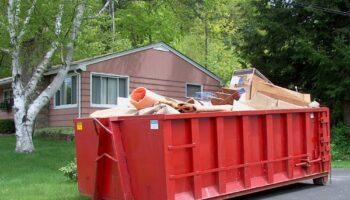With the cost of living constantly rising, many of us dream of becoming self-sufficient. Thriving gardens with raised beds and healthy produce are often seen as an amazing plus point for potential buyers if you are selling your home. Balgores Property Group and your local estate agents can advise on what updates you should make to your garden if you are looking to add value prior to selling up. In the meantime, here are some handy tips and inspiration to get you started.
Where to start?
Starting with a completely blank slate can be daunting when it comes to growing your own produce from home. However, there are a few simple ways to ensure that you don’t become too overwhelmed. Many people choose to create raised beds and use something called the ‘no dig’ method to keep weeds down and avoid the back-breaking groundwork that can come with preparing the soil.
Raised beds – raised beds don’t need to be expensive. You can create them from old offcuts of wood or use pallet collars which can be picked up on Facebook marketplace for a few pounds each. These are also stackable, meaning that you can create your desired height with ease.
Line your raised beds with cardboard, water this heavily and then place compost on top. When you plant your vegetables, you’ll have fewer weeds cropping up and the plant’s roots will still be able to make their way through the decomposing cardboard.
What to grow in your home allotment garden
You have hundreds of choices when it comes to deciding which fruit and vegetables to grow in your home allotment garden. You may choose to keep things simple in your first year, only growing the produce that you love to eat. However, some people prefer to grow a little extra, to share with friends, family and neighbours. The choice is completely yours. Some great veg for first time growers include:
Potatoes – potatoes can be grown directly into the ground, or in grow bags and buckets. Either way, this will see high-yielding produce from a vegetable that takes minimal effort to care for. Simply water them regularly and you’ll be reaping the rewards in no time.
Salad – salad leaves are a staple of many meals and can be grown for most of the year. Lettuce, cress, micro-greens, and much more will give great produce and grow incredibly fast.
Radishes – these are one of the fastest veggies to grow, making them perfect for the more impatient gardener. With lots of varieties to choose from you’ll never get bored.
Strawberries – strawberries are expensive to buy in store and can be grown cheaply and easily in your allotment garden. This is a real no brainer for those who want to enjoy those sweet summer treats!
How to your allotment garden look stylish and tidy
Being located on your own land, you’ll want to ensure that your garden allotment area doesn’t end up looking like an eyesore. Keep on top of daily maintenance and try to create aesthetically pleasing layouts for your fruit and vegetables to grow in a way that is pleasing to the eye.






